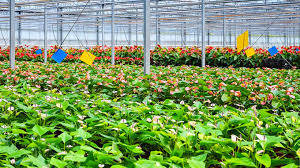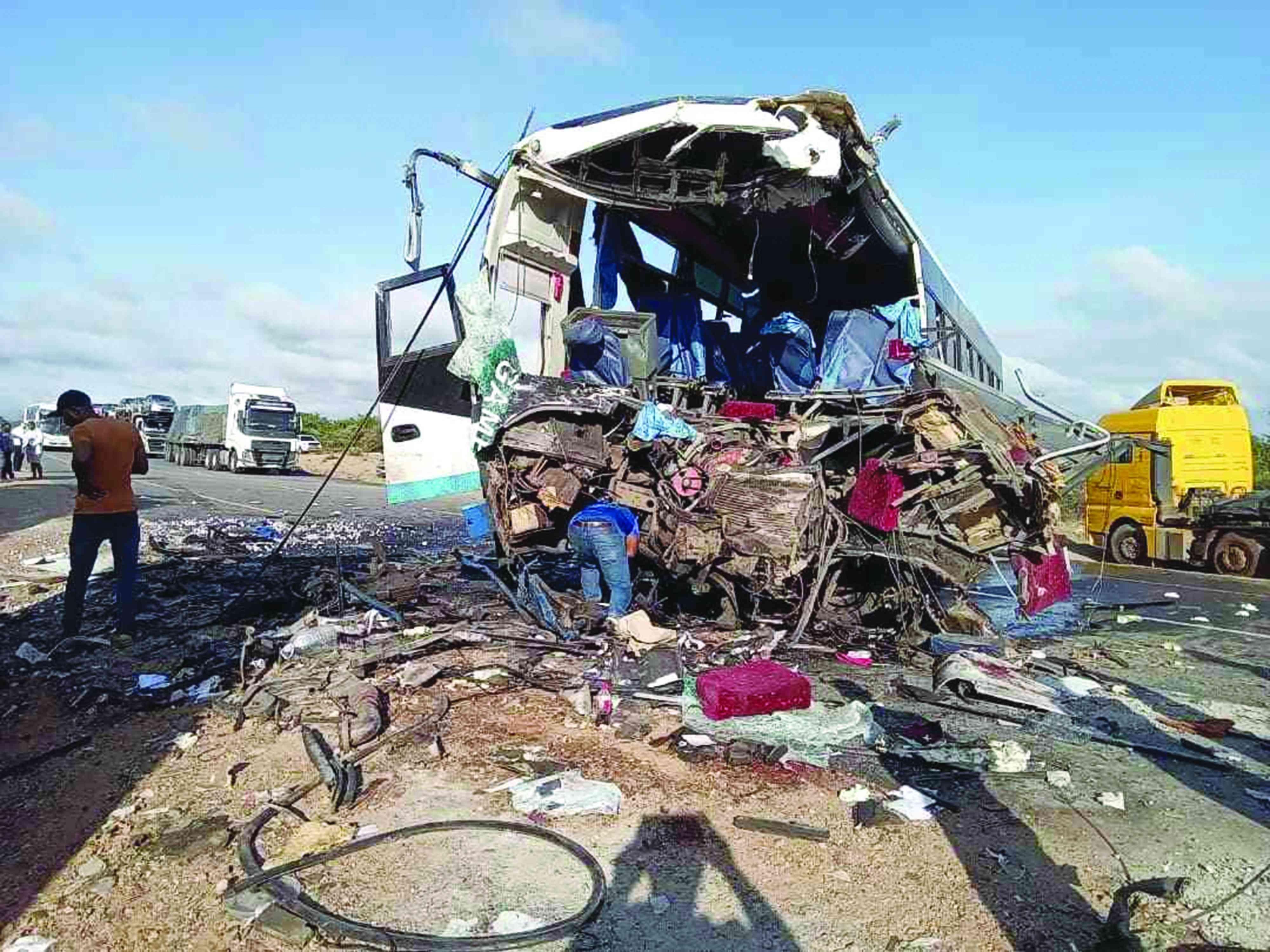
ZIMBABWE’s forex spinning horticultural sector has suffered some of the worst knocks from intensifying blackouts, officials said this week, warning of dire ramifications as write-downs mounted.
Commercial Farmers Union of Zimbabwe (CFU) president Liam Philp told the Zimbabwe Independent cold rooms were also struggling to cope at dairy farms, which rely on electricity to maintain requisite temperatures in storage facilities, before shipments to markets.
Rolling blackouts of up to 16 hours per day, also being experienced in neighbouring Zambia, have been felt across economic sectors.
They were among factors behind government’s downgrade of 2024 growth targets from an initial 5,3% to 2%.
“Exporters are having tremendous problems in temperature control in the supply chain,” Philp told the Independent.
He could not be drawn into disclosing the extent of financial losses suffered by farmers.
But he said upheavals had also been felt by irrigation — reliant farmers.
“Quality starts from the pack shed and maintaining consistent low temperature. Spikes in temperature create quality issues,” Philp said.
- Zim deploys IMF windfall to horticulture
- ‘RBZ interest rates hike to cause surge in NPLs’
- Zim horticulture gets timely boost
- ‘Zim has potential to grow export crops’
Keep Reading
“Consignments are often aggregated before shipping. The cost is tremendously high, running generators for pack shed and cold storage,” he added.
Horticultural exports have been recovering from the effects of Covid-19 induced hard lockdowns between 2020 and 2021, when the flights were grounded and affected sector logistics.
It was a huge setback for an industry that turned over US$100 million a year in 1999. Output declined from 2000.
“Dairy farmers are having a similar challenge as horticulture producers with maintaining cool temperatures for milk,” the CFU boss said.
A survey carried out by the Independent exposed serious challenges facing businesses, with restaurant operators saying many business were suffering.
“Wheat farmers have had a very tough season with regards to the supply of electricity from the grid.
“Most irrigation schemes on farms are designed to work on 80% supply of power. With the levels being closer to 60%, the irrigation capacity utilisation has been reduced,” Philp said.
Restaurant Operators Association of Zimbabwe spokesman Stan Higgins said operators were under strain from the switch to expensive diesel powered generators.
Hospitality Association of Zimbabwe president Brian Nyakutombwa said power outages had increased the sector’s cost of production.
“The one major issue is power shortages increase the cost of production. Once power outages persist, we have to look for alternatives. Usually, we resort to generators,” he said.
The country has been affected by power outages emanating from this year’s drought, which has affected generation at the 1 050 megawatt (MW) Kariba hydroelectric power station.
Horticultural Development Council chief executive officer Linda Nielsen told the Independent that the crippling power crisis was eating into the sector’s revenue margins.
Electricity costs are currently a significant burden for the horticulture sector.
This challenge is compounded by the current policy that requires exporters to receive 25% of their earnings in local currency, while 100% of electricity bills must be paid in US dollars.
“This effectively serves as a double tax on the industry. We propose that electricity costs be made payable proportionately in local currency, in line with the revenue split that exporters face,” she said.
Last month, the Zambezi River Authority warned it could be forced to decommission the facility after output plummeted to about 275MW.
This would be the first time the power station is mothballed since completion in the late 1950s.










